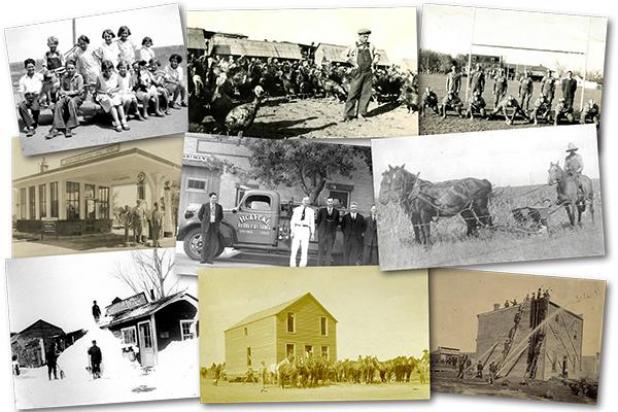
Oldtimers, tell your stories. Youngins, start asking.
According to the folks down at Phillips County Museum, the official definition of an oldtimer is anyone who talks about how things used to be. Age is completely irrelevant. By that logic, a youngin could be anyone that is still able to listen, remember and preserve those stories, I suppose.
A single person may be the oldtimer in one scenario and the youngin in another. The point is, people need to talk to each other and start sharing their small pieces of history while they still can.
When the last World War I veteran died in 2012, a door closed on that part of history, even if just symbolically. Never again would someone relay first-hand stories about that time. WWI is probably one of the more well-documented events in history, yet the death of the last veteran still made people wonder what went untold, how many stories were lost forever.
An unexpected death in the family can have the same effect on a more personal level. Even stories that were told once may have since been lost. If not recorded or retold, much can disappear in just a generation or two.
Volunteers that keep the museum up and running have learned a thing or two about preserving the history of Phillips County over the years, and their experience can be applied to preserving personal and family histories as well.
Before getting down to any practical advice, those volunteers shared a common lament: it seems that younger people don’t care to preserve history. As one of Holyoke’s history enthusiasts, Marvin Skipworth, put it, the answers are out there if the questions are asked. Even in his own case, he didn’t have much interest in history until he started coming up with questions he wanted answered.
Once the interest is there, there are a few things that can be done to make gathering history more effective.
Be specific
Countless old local photos have been left behind and eventually donated to the museum. A painful number of them have no identifying information or context to place them. In preserving personal history, label photos — and use full names. Everyone may know who Sally is today, but give it some time and people will have forgotten.
“After a while you forget,” Carol Haynes said. “Whether you think you will or not, you do.”
When prints were more common, many people faithfully wrote names on the backs after they were developed. Now that so many pictures are digital, the problem of unlabeled photos may get even worse.
Artifacts are better with stories to go along with them
When preserving history, there’s more to it than photos. Many have heirlooms or keepsakes passed down through generations. As with photos, they should be labeled somehow so that people remember where they came from.
Better yet, record the stories that make those items significant. Sure, an antique pie pan may be interesting all on its own, but if it was brought to the United States on a ship and used to bake pies every Sunday for church using fruit grown on the homestead, that’s much more interesting.
The full article is available in our e-Edition. Click here to subscribe.
